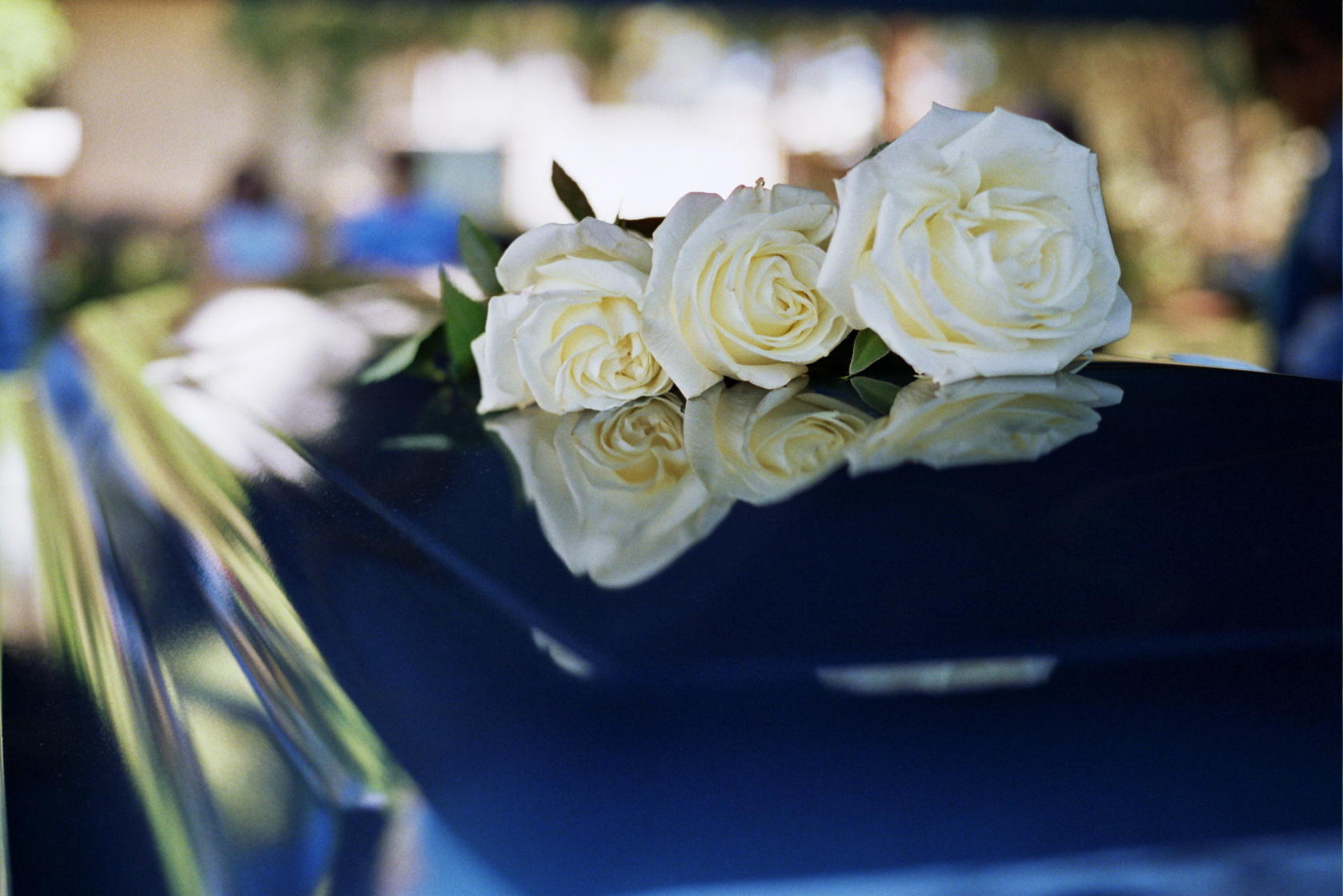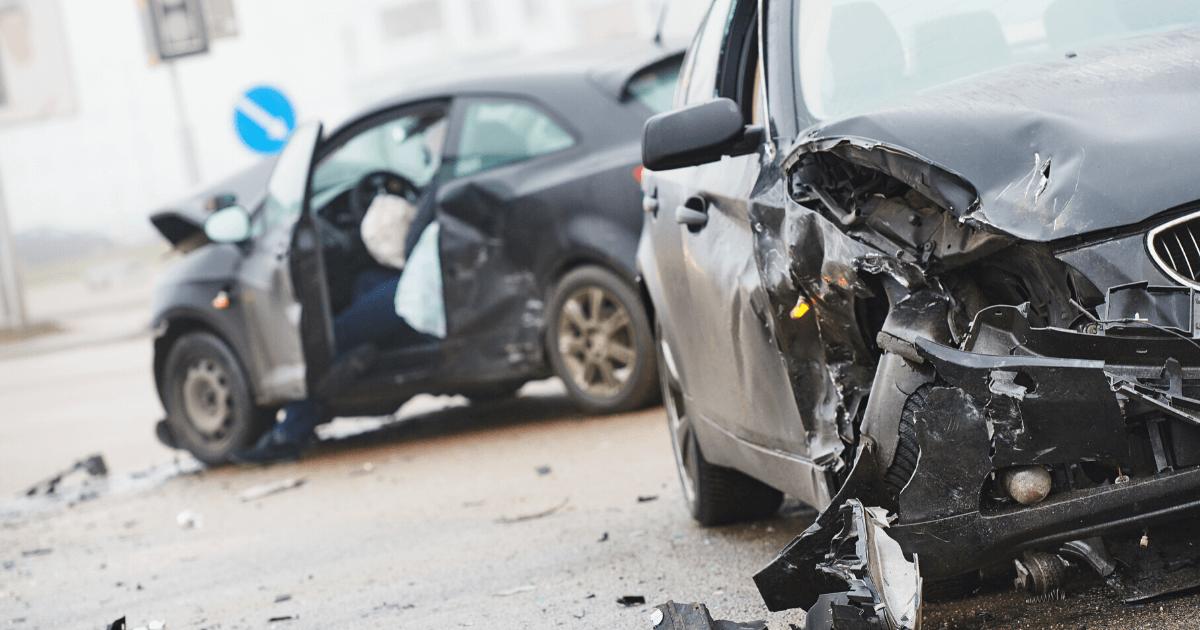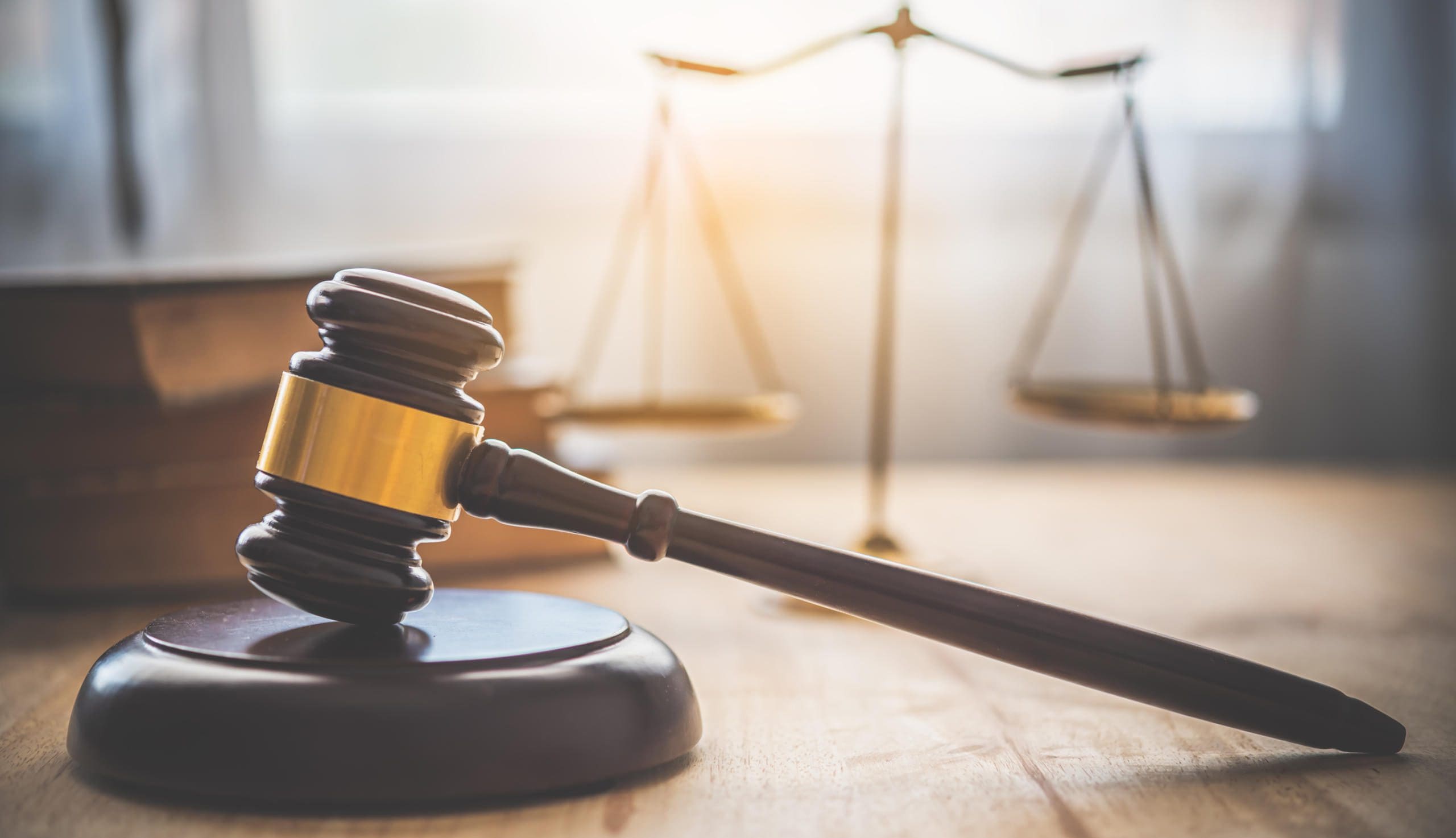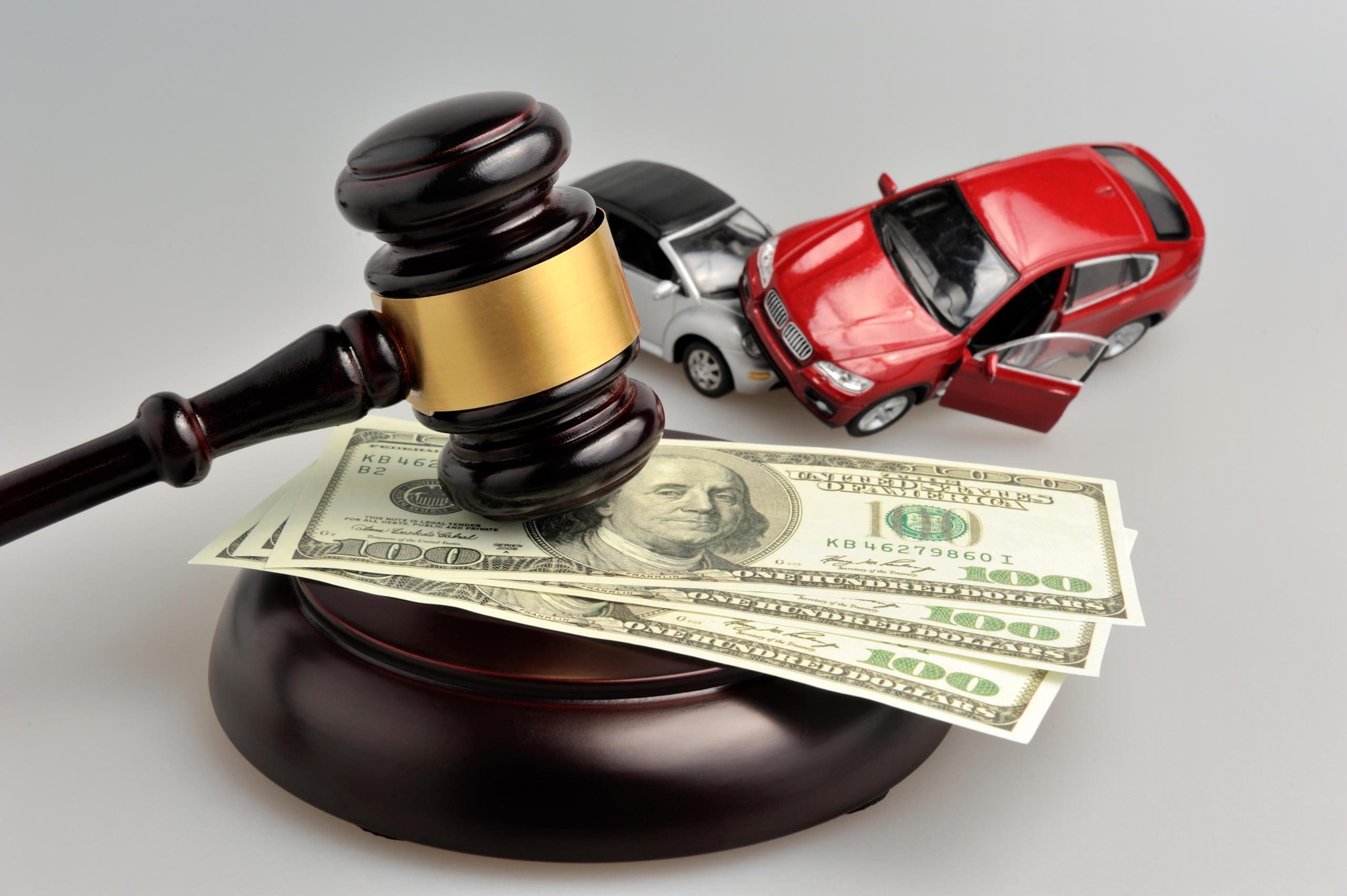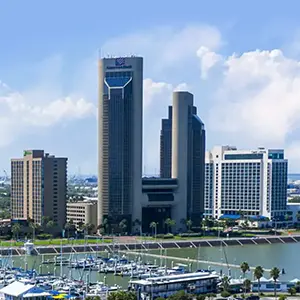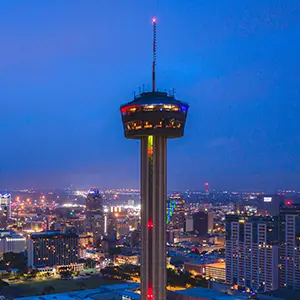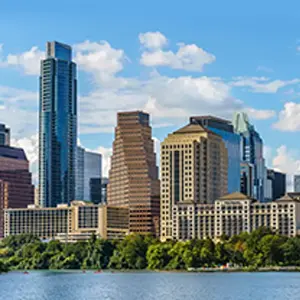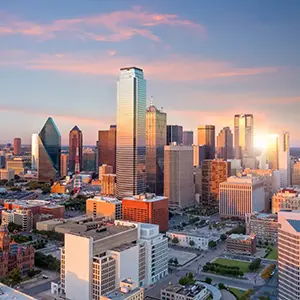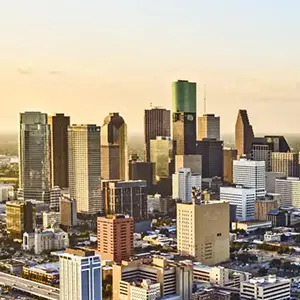Common Slip and Fall and Premises Liability Hazards
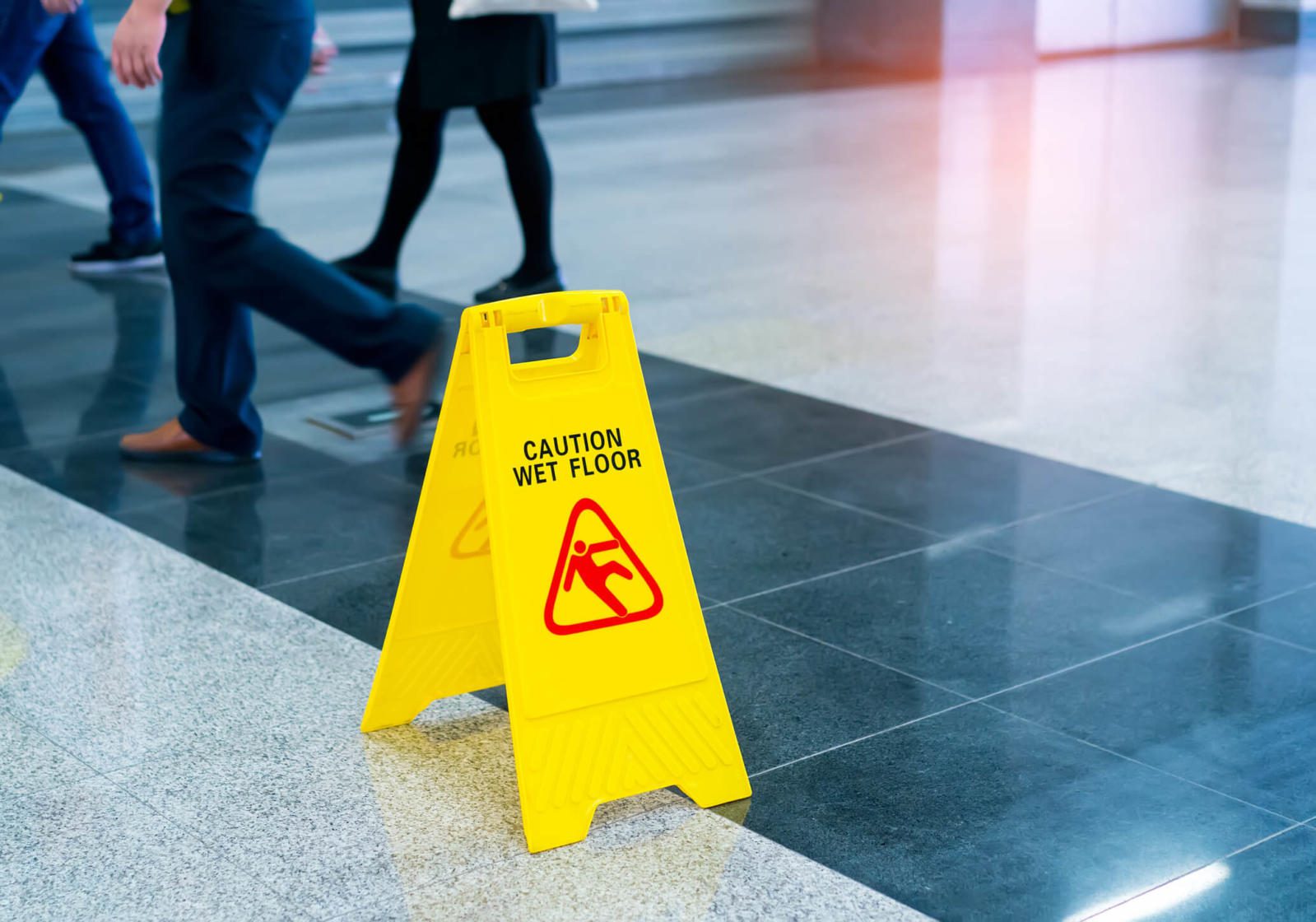
Accidents can happen anywhere, but when they occur on someone else’s property due to negligence, they can lead to personal injuries and potential legal claims. Slip and fall accidents are among the most common types of personal injury cases, and they often fall under the legal concept of premises liability. In this comprehensive guide, we will explore in detail some of the common slip and fall hazards and premises liability issues that you should be aware of to protect yourself and your rights.
Understanding Premises Liability
Before delving into specific hazards, it’s important to understand the legal concept of premises liability. Premises liability refers to the legal responsibility of property owners to maintain a safe environment for anyone who enters their premises. This includes visitors, customers, tenants, and even trespassers in certain situations. Property owners must exercise reasonable care in ensuring that their premises are free from hazards that could cause harm.
Premises liability cases often arise when someone is injured due to a dangerous condition on the property. To establish a premises liability claim, the injured party generally needs to prove the following:
- Duty of Care: The property owner owed a duty of care to the injured party. This duty varies depending on the individual’s status as a visitor.
- Breach of Duty: The property owner breached their duty by failing to maintain safe conditions or failing to warn of known hazards.
- Causation: The breach of duty was the direct cause of the injuries sustained.
- Damages: The injured party suffered actual damages, such as medical bills, pain and suffering, or lost wages.
Now, let’s explore some of the most common slip and fall hazards that can lead to premises liability claims.
Wet or Slippery Floors (The Classic Slip and Fall Hazard)
One of the most prevalent causes of slip and fall accidents is wet or slippery floors. This hazard can be found in various settings, including supermarkets, restaurants, shopping malls, and office buildings. Common scenarios include freshly mopped floors without warning signs, spills that haven’t been promptly cleaned up, or even rainwater tracked inside without proper mats or signage. Property owners have a duty to maintain safe walking surfaces and promptly address these hazards.
Uneven or Damaged Walkways
Uneven or damaged walkways, such as cracked sidewalks, broken tiles, or uneven pavement, can easily cause someone to trip and fall. Property owners are responsible for regular inspections and maintenance to ensure that pathways are safe for pedestrians. Neglecting to repair or warn visitors about these hazards can result in premises liability claims.
Inadequate Lighting
Poor lighting conditions can make it difficult for individuals to see potential hazards. Inadequate lighting in parking lots, stairwells, and hallways can increase the risk of slip and fall accidents. Property owners should ensure that lighting is sufficient to allow safe navigation through their premises, especially during nighttime hours.
Insufficient Handrails and Guardrails
Staircases and elevated walkways must have appropriate handrails and guardrails to provide support and prevent falls. If these safety features are missing or in disrepair, it can lead to serious injuries. Property owners should conduct regular inspections to identify and address any deficiencies.
Hazardous Weather Conditions
During inclement weather, property owners have a responsibility to maintain safe conditions on their premises. This includes promptly salting and shoveling icy sidewalks and maintaining drainage systems to prevent water accumulation. Neglecting these responsibilities can expose them to accidents and legal liability.
Negligent Maintenance
General neglect in maintaining a property can lead to various hazards, including loose carpeting, broken floor tiles, or exposed wires. Property owners must take steps to address these issues promptly. Failing to do so can expose them to premises liability claims.
Lack of Warning Signs
Warning signs are crucial in alerting visitors to potential hazards. Whether it’s a “Wet Floor” sign near a freshly cleaned area or a “Caution: Uneven Surface” sign on a damaged walkway, property owners should use clear and conspicuous signage to warn of dangers.
Do You Have a Premises Liability Case? Speak to Our Slip and Fall Lawyers in San Antonio, Texas
Thomas J. Henry has been handling all types of premises liability cases in San Antonio and across Texas, and the entire United States. Our firm fights diligently on behalf of our severely injured clients to get the compensation they deserve for medical bills and lost wages. Premises liability cases are complex and require an experienced attorney on your side.
If you’ve been hurt on dangerous premises, call Thomas J. Henry Injury Attorneys today for a free case review. Our experienced San Antonio premises liability lawyers are available when you need us. Available 24/7, nights and weekends, our San Antonio premises liability law firm is ready to provide you and your family with a free legal consultation.
Blog
